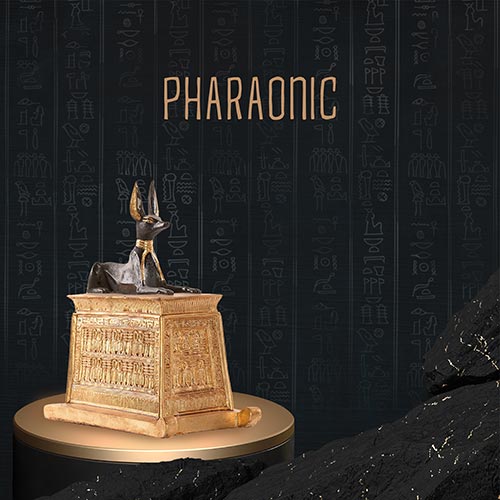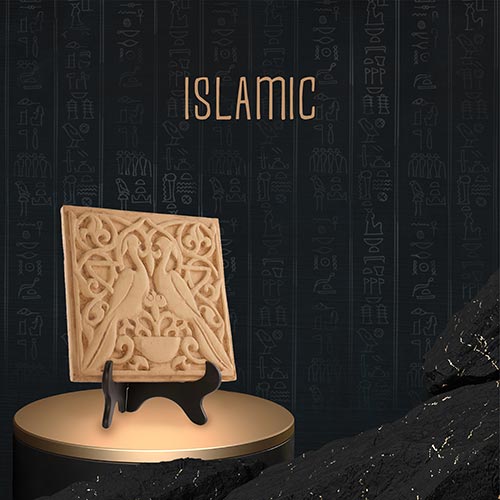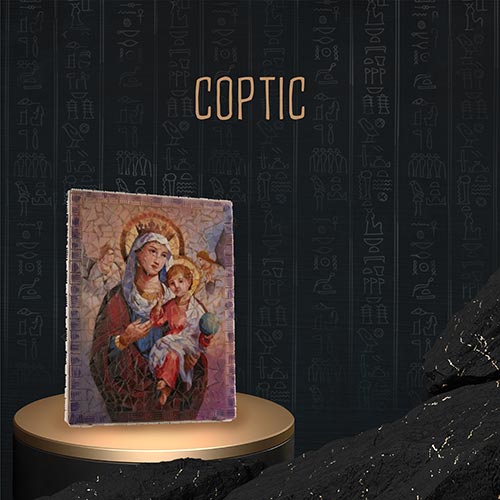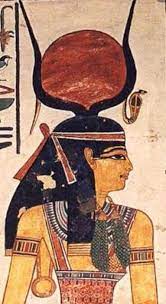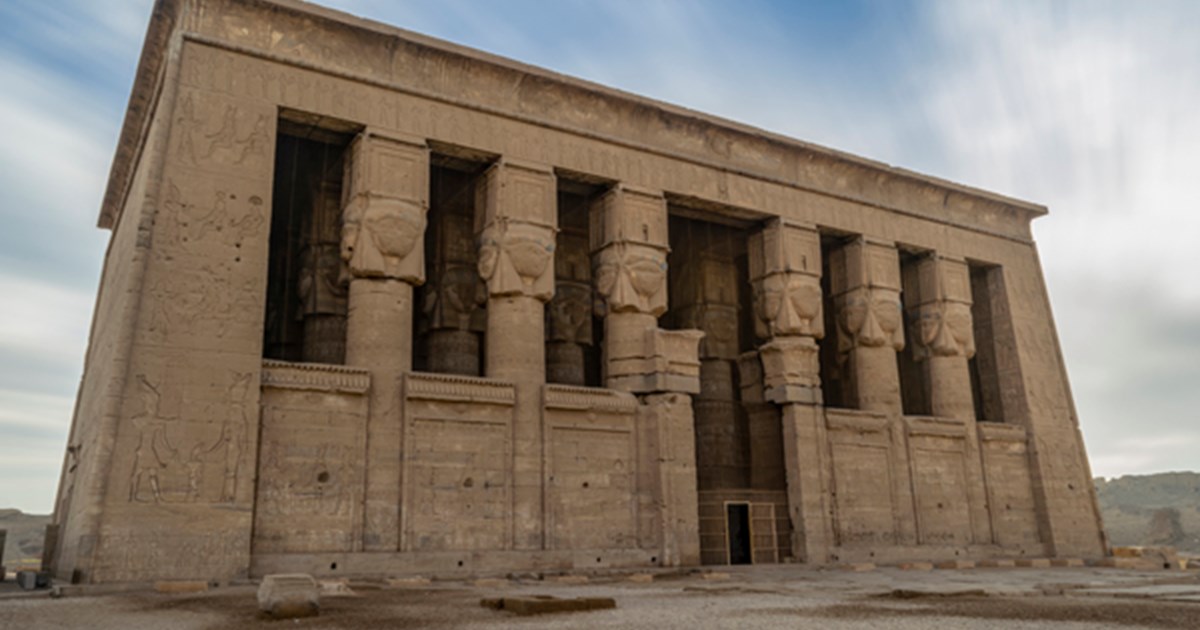
Who is the goddess of love in Egypt?
Among the most beloved goddesses of ancient Egypt, she was known for joy, tenderness, and celestial harmony. Hathor known as the ancient Egyptian goddess of love, music, motherhood, and celebration. She was worshipped not just as a divine presence, but as the embodiment of life’s most beautiful emotions.
Whether you’re drawn to her beauty, her nurturing spirit, or her cultural significance, Hathor’s legacy continues to inspire, and today, you can learn more about her legacy.
Who Is Hathor?
A goddess of extraordinary versatility, Hathor ruled over love, music, dance, joy, fertility, and maternal care. She was also seen as a protector of women and a guide for souls in the afterlife—earning her the revered title “Lady of the West.
Known in ancient Egyptian as Het-Heru, meaning “House of Horus,” Hathor was one of the oldest and most beloved goddesses in the Egyptian history.
Hathor God: Iconography and Symbols
Hathor was often depicted in several powerful forms:
- As a beautiful woman with cow ears, symbolizing nourishment and maternal care.
- With a sun disk encircled by cow horns—a crown linking her to the solar god Ra.
- Sometimes as a lioness, representing her fierce, protective nature.
She also carried the sistrum, a sacred musical instrument which believed to pacify gods and bring joy to worshippers.
This rich iconography made Hathor one of the most visually recognized and spiritually meaningful deities in Egyptian art and architecture, her image gracing tombs, temples, and amulets across the Nile Valley.
Center of Worship: Dendera Temple of Hathor
Though Hathor was worshipped throughout Egypt, her spiritual home was the Temple of Hathor in Dendera. Visitors to Denderah are still enthralled today. Ask anyone who has ventured to this temple in recent years whether they have seen a more beautiful site from pillar to ceiling, from decorated crypt to rooftop shrine. The answer will likely be no, its carved ceilings, astronomical alignments, and vivid ritual scenes.
But among all its wonders, one ceiling once held a mystery that captured the imagination of the world: the Dendera Zodiac. This ancient star map, carved into the stone ceiling of a chapel, depicted constellations and planets with astonishing detail — so much so that in the 19th century, French explorers cut it from the temple and shipped it to Paris, where it now rests in the Louvre.
Yet even with this loss, Dendera remains one of the best-preserved and most enchanting temples in Egypt

A Mother, A Lover, A Protector
Hathor’s relationships within the mythological narrative are just as rich as her visual symbols. She was seen both as the mother of Horus and, in some traditions, his consort, a reflection of the dual roles Egyptian gods often embodied.
She nurtured the living and the dead alike, guiding souls into the afterlife with compassion. Her duality as a maternal figure and a cosmic lover highlights the ancient Egyptians’ deep respect for feminine power in all its forms.
Hathor vs. Aphrodite: Are They the Same?
One of the most commonly asked questions is: Is Hathor the same as Aphrodite?
While rooted in different cultures, both goddesses shared domains of love, beauty, and fertility. During the Hellenistic period, Greeks in Egypt began associating Hathor with Aphrodite, blending mythologies and creating a symbolic bridge between two great civilizations.
The Egyptian goddess of self-love and motherhood
Hathor represents not only romantic love, but also self-love, kindness, and maternal care, making her a symbol of empowered femininity.
Sekhmet and Hathor: Two Sides of the same Goddess
In one of ancient Egypt’s most powerful myths, the sun god Ra grew angry with humanity for their disobedience and rebellion. To punish them, he unleashed his fierce daughter, Sekhmet, the
lioness goddess of war and destruction. Consumed by rage, Sekhmet began a brutal slaughter, nearly wiping out humanity. Fearing she would destroy all creation; Ra devised a plan to stop her: he filled the fields with red-dyed beer that resembled blood. Sekhmet drank it, believing it was the blood of her enemies, and fell into a deep, peaceful sleep. When she awoke, her fury was gone, and she had transformed into Hathor, the gentle goddess of love, beauty, and joy. This myth beautifully captures the dual nature of divine power in Egyptian belief — fierce and protective in Sekhmet, nurturing and life-giving in Hathor.
The Legacy of Hathor Today
Thousands of years after the last hymn echoed through Dendera’s sacred halls, Hathor’s spirit continues to inspire. Her statues, reliefs, and sacred symbols remain powerful reminders of a civilization that understood love, music, and motherhood as divine forces.
And now, you can bring that legacy in your own space, through our exclusive collection features handcrafted replicas of Hathor’s statues and symbols, officially certified by the Egyptian Ministry of Tourism. Whether you’re a history enthusiast, a lover of spiritual iconography, or simply want a timeless piece of beauty, our pieces connect you directly to Egypt’s golden age.
Explore our replicas and find your own piece of Hathor’s love.
